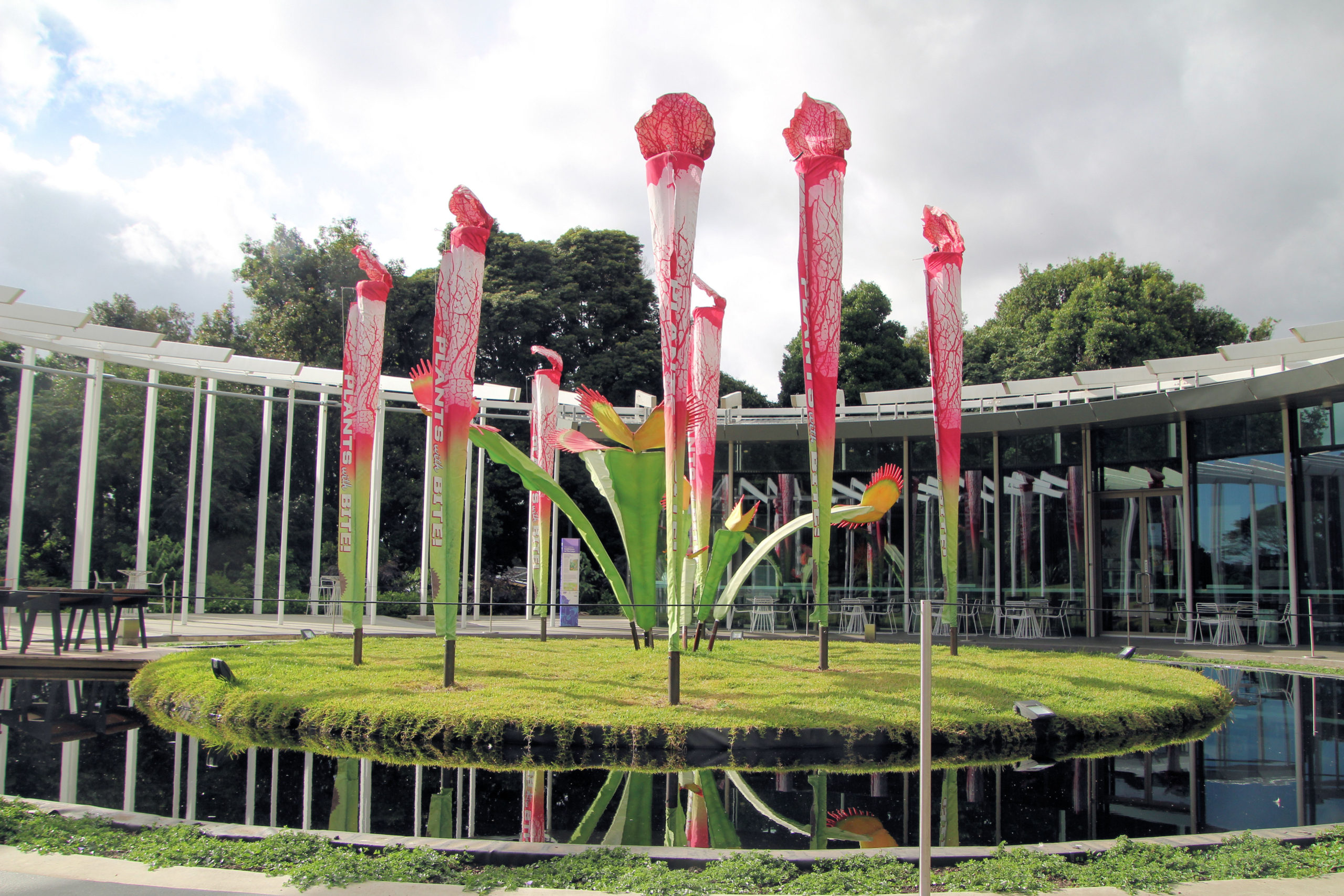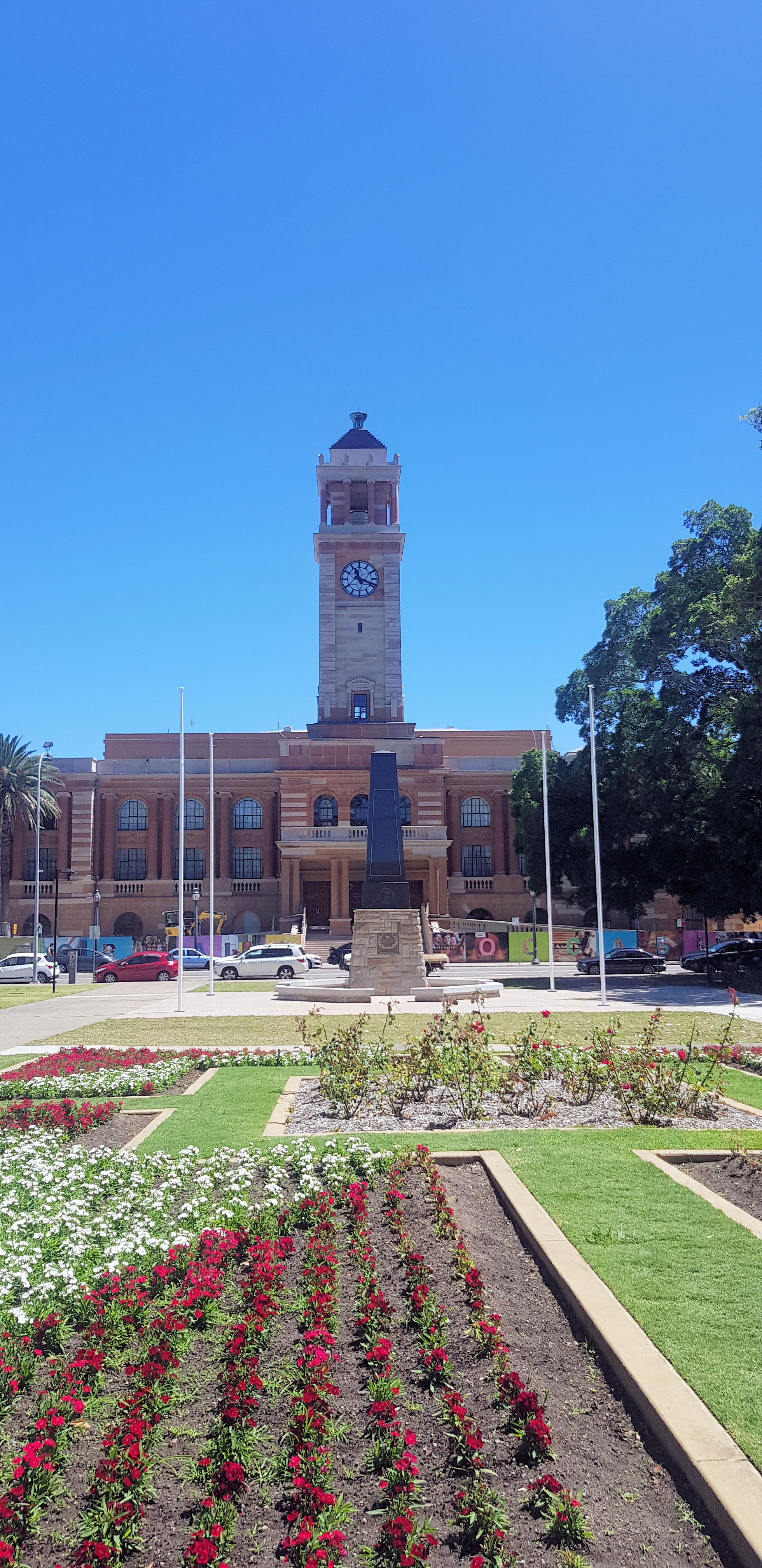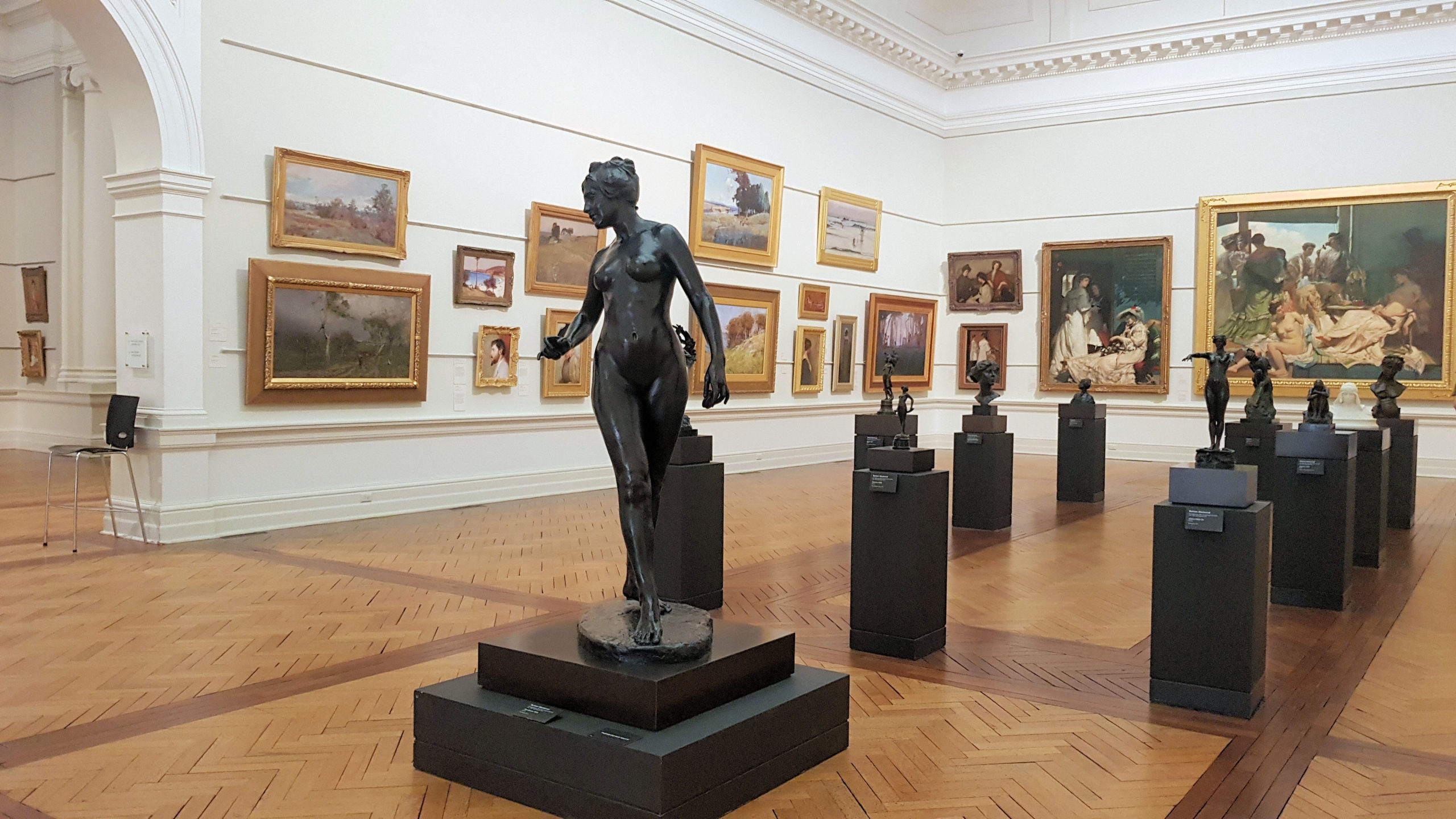Category: Australia
-
Royal Botanic Garden Sydney Australia

Royal Botanic Garden Established in 1816, the Royal Botanic Garden covers 30 hectares and has over 27,000 plants, right in the middle of Sydney’s CBD. With landmarks like Sydney Harbor and the Opera House as its neighbours, it is in the perfect setting. Getting there is easy, with Circular Quay only a five-minute walk away… Read more
-
Civic Park Newcastle NSW Australia

Civic Park Newcastle Baptist Tabernacle Captain Cook Memorial Fountain Newcastle Art Gallery Newcastle City Hall Old Newcastle City Administration Centre The Roundhouse Shortland Centenary Fountain St Andrew’s Presbyterian Church Vietnam and National Service Memorial War Memorial Grove War Memorial Civic Park Civic Park is bordered by council buildings on one side and the art gallery… Read more
-
Art Gallery of New South Wales

Art Gallery of New South Wales Located in the Domain, the Art Gallery of New South Wales opened in 1885 with two picture galleries. Over time additional wings and a foyer expanded the building to its current size. Entry is free to the general collection, although entry to any special events or exhibitions is not.… Read more